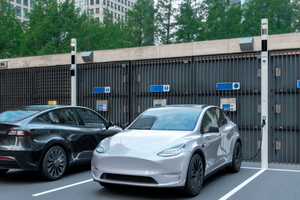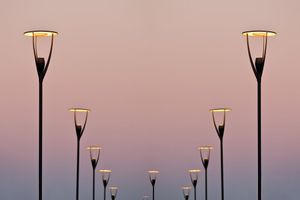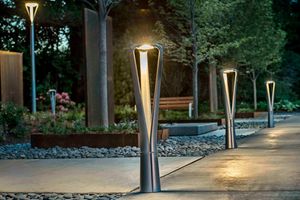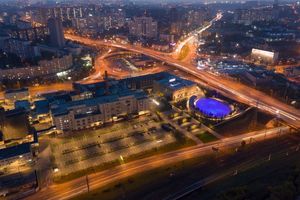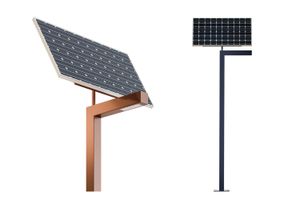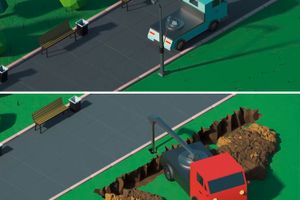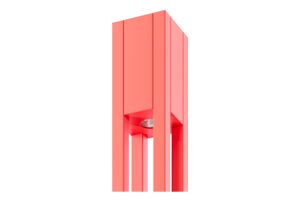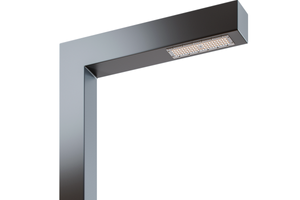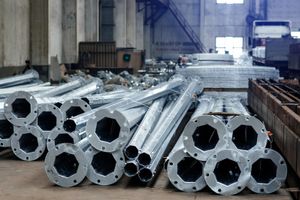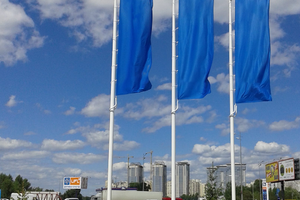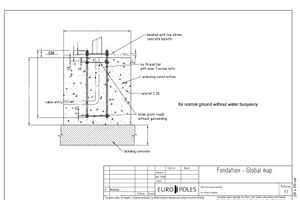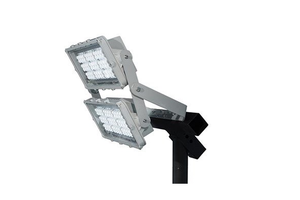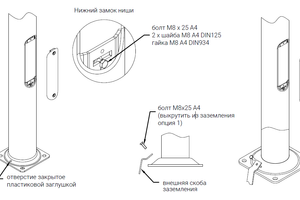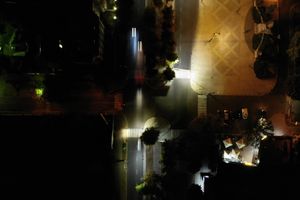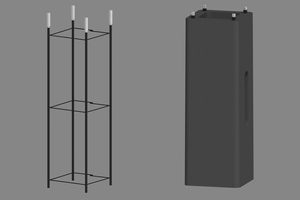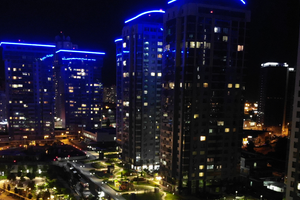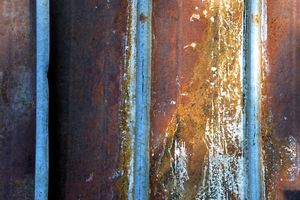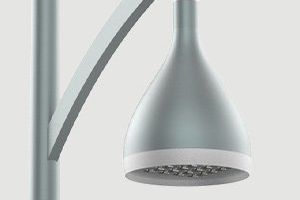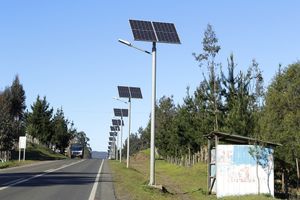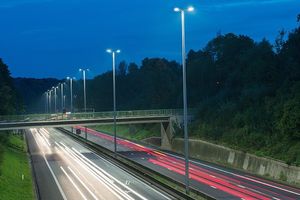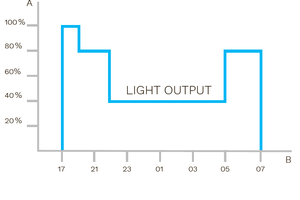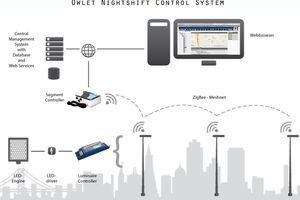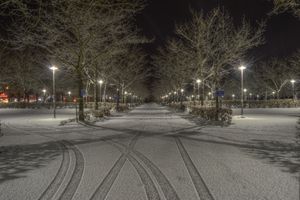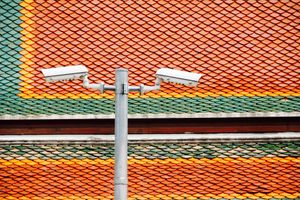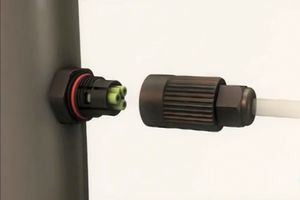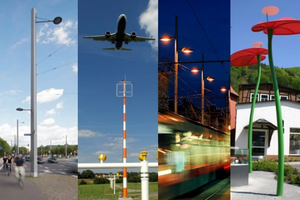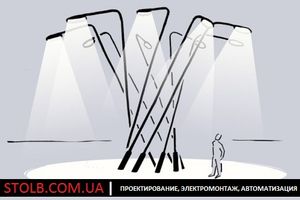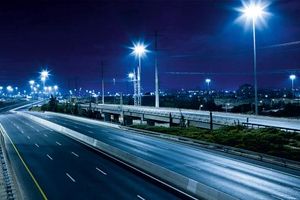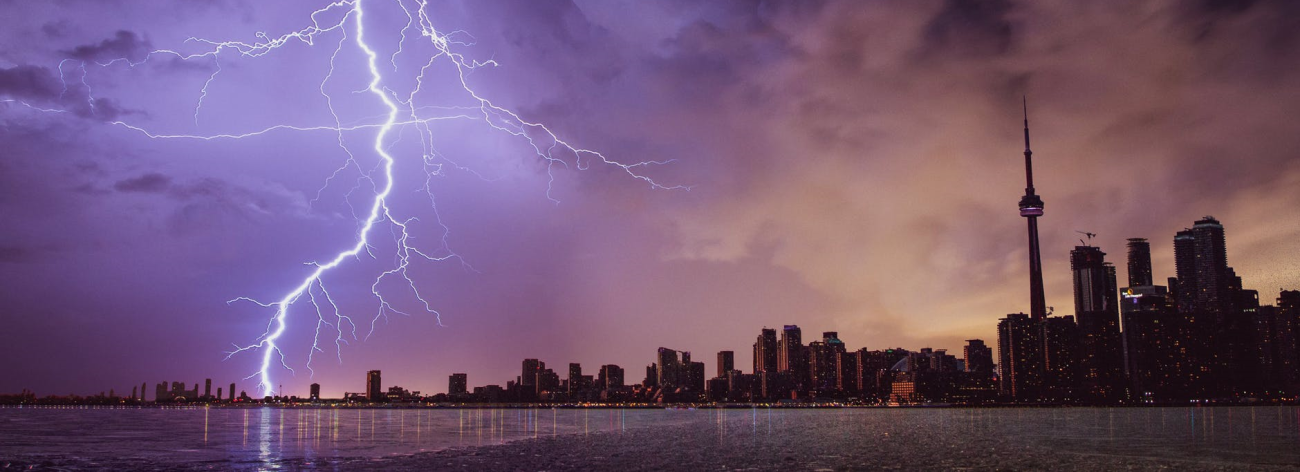
Before answering the question why do we need lightning protection, it is worth to understand what kind of physical nature lightning has. It is formed by the so-called "leader". For better visualization, imagine that leader is kind of a needle and lightning itself is a thread. It is practically impossible to find out the trajectory of the lightning movement beforehand; you can only calculate the end point roughly or by some chance. The leader is formed by strongly ionized air heated to thousands of degrees. Impulse currents of colossal values flow in the lightning channel, whose main purpose is to equalize the potential difference between the thundercloud and the ground.
If lightning hits the building, the aftermath may be not just sad, but also tragic. Let's imagine a wooden house with a metal roof near the lake. During a storm, lightning strikes him. In all likelyhood it will make a hole in the roof, burn the rafters, break the insulation of the cable laid in the attic, arranging a short circuit. It's even scary to imagine what would be the consequences.
To prevent this from happening, lightning protection is definitely needful. This is a set of special installations and technical solutions. Overall, the lightning protection installation scheme consists of similar elements:
-
lightning rod (lightning conductor or arrester);
-
conductor cable (protective circuit around the buiding);
-
earthing (ground rods).
The differences between specific lightning protection complexes are in the level of complexity of the object where it is installed and its parameters For example, when mounting a lightning protection of boiler room, on non-metallic pipes metal pintles that are connected through a down conductor to a earthing installation are needed. For metal pipes, this supplement is not required, since they themselves are excellent conductors.
Exterior and interior lightning protection: specifics and purpose
Lighting protection can be exterior and interior. First of all, it is necessary to establish an external lightning conductor. Its main element is one or more receivers of current. Ussually, they are mounted on the roofs of buildings. The main purpose of the receivers (antennas) is to take the lightning strike, keep the lightning out of the buildings and structures, as well as the adjacent area. They are carried out in the form of masts, cables or rods. Ionization zone is regulated in accordance with their parameters.
Lightning emerging during a thunderstorm is sent to the ionization zone, because there is minimal resistance to electric discharge. In case of contacting with the antenna, they go down the metal conductors - lightning rods. Their task is to lead away current to grounding devices. They should be located below the surface of the ground, away from walking paths and the entrance to the house. The protection zones of the antennas, the location of the earthing and the direction of the lightning rods are determined by a specialist of power supply systems. The best option is when these measures are held at the design stage of the building. Then you can avoid many hardships when installing lightning protection on the already completed buildings and structures with a fresh finish. So in this way you can camouflage all the components of the complex. When arranging lightning protection for existing finished and reconstructed buildings, problems with bracing may occur. Therefore, the permissible use of the individual poles and extensions.
Modern external active lightning protection doesn't yet have strict standards. Nonetheless, the need for its arrangement for industrial and residential buildings is foreseen for by building codes and norms. Given the fact that it is difficult to ascertain exactly where and under what conditions lightning can strike, probabilistic characteristics are involved in the calculation. The average annual duration of thunderstorms and the number of lightning strikes on buildings and structures belong to these characteristics. On the assumption of such estimations, the protection category is selected and the optimal technical solution could be projected. When developing lightning protection, the parameters of the building must be taken into account: location, landscape, fire resistance.
Thus, concerning the solution of the problem of a possible lightning strike into the house, it is now more or less clear but what what to do when there is a tree or, even worse, wires of power lines on its way of passage. In this case, the large mass of the lightning currents will pass through the input device of the house. And on its way, it is very likely that the lightning may meet some expensive household appliances. To protect the equipment, it is necessary to put a barrier in the form of lightning protection for surge voltages obstruction. Such devices-preventors exists in the form of arresters (dischargers), varistors, combined devices. Usually they are placed in lockers of the electrical household. Such devices ensures a temporary connection to the alignment system of wires, which normally are not connected to ground.
Along with the potential equalization system, which should be provided by a specialist, it creates an internal lightning protection of the house. Correctly projected potential equalization and grounding system in a private house can help to avoid electric shocks to people inside and out. All currents passing through household appliances will go through the installations intended for this, as a result of this an electrical breakdowns are eliminated. And at the end of this accident, everything will return to its previous state and you most likely will not even notice the changes.
Selection of materials for lightning protection
When setting the lightning protection and lightning conductor, the right choice of materials plays an important role. They must be of high quality, as economizing here is unreasonable. So, vertical lightning rods are made of steel pintles with a diameter of more than 8 mm or analogues with a smaller cross section. These parameters are enough so that when large volume of currents flow, the conductors do not heat up. Those elements are installed on the protruding parts of the building, for example, on the crest of the roof. They are fastened with brackets, staples or clamps. The height of the vertical placement of antennas depends on the protection zone. It is considered that it is located within a cone with an angle of 45 degrees in relation to the top of the lightning rod.
Horizontal lightning protection antennas and lightning rods are made of a round twig, cables or a steel strip. They are suitable for elongated structures. The lightning rods of the corresponding parameters are joint to the antennas. This could be accomplished by electric welding or with the help of bolts. It is also relevant to provide lightning protection for tall trees located on the site. The grounding circuit is performed of steel profiles dug into the soil to a depth of at least 1 meter at a distance of at least 3 meters. They must have a sufficient cross-section to retain their capabilities even under corrosive processes.
Professional assembling also have to be added to the good materials when arranging lightning protection. Such assignment should better be entrusted to experts. Later on, if needed they will be able to carry out corresponding maintenance. After all, lightning protection needs competent and proper upkeep. It is obligatory to examine it annually, in particular for the quality of the conjunction of the elements. As well It is also necessary to measure the resistance of the grounding. If any problems are found, then you need to immediately fix them. Timeliness, and indeed the appropriate arrangement of lightning protection is the key to the safety of equipment and first of all the safety and well-being of people.
Earthing. Its importance and features
A particular topic is about earthing in a private sector. Decently designed and implemented, it guarantees the electrical safety of household appliances and the preservation of lives when lightning strikes. So why do we need earthing:
-
the exclusion of the occurrence of high voltage during a thunderstorm;
-
prevention of dangerous situations when a person touches an electrical installation with his hands;
-
preclusion of short circuits, ignitions and fires.
Based on this, two types of earthing exists: working and protective. The working one provides normal conditions for the operation of electrical installations. It is usually used in industrial structures. And the protective one protects them from excessive electric shock, prevents accidents and damages. Risky high voltage can appear on any metal objects - pipes, fences, and also because of breakthroughs of insulation of wires, electrostatic discharges and, of course, lightning strikes.
A foremost component of earthing is the grounding electrode (earthing switches), which is in direct contact with the soil. Its main parameter is grounding resistance, which descends with increasing of the area of the grounding electrode. To enlarge this area, you need to mount several earthing switches, longer and with a modified configuration.
It would be nice if the soil at the site of installation is replete with salts, mixed with other soil or the device is mounted near the groundwater. No need to ground central heating pipes, sewerage or water supply. It is better to use special materials for this purpose, rather than experimenting with reinforcement of the foundations or concrete plates.
Earthing is arranged in the following way:
-
A triangular shape ditch of 1 meter deep is prepared.
-
Steel pipes or corners are fixed at the top points, ideally with a zinc coating, in order to avoid corrosion processes.
-
The circuit itself is welded around with steel strip, which leads the conductor to the object.
-
A bolt is welded to the ending.
-
The electrical resistance of the circuit is measured.
-
The proper organization of lightning protection is impossible without earthing. Besides, the connection of all the elements must be technologically competent. You must always remember that your own safety and safety of others, and preservation of the property are dependent on it.
The answer to why lightning protection is essential becomes clearly evident - to protect the house from fire, to reduce the likelihood of a lightning strike in the roof of the building or its facade. After taking such a load, the system will determine the closest and smoothest way to the point to which lightning had sought - to the ground. At the same time there will be no gaps forming sparks.















































